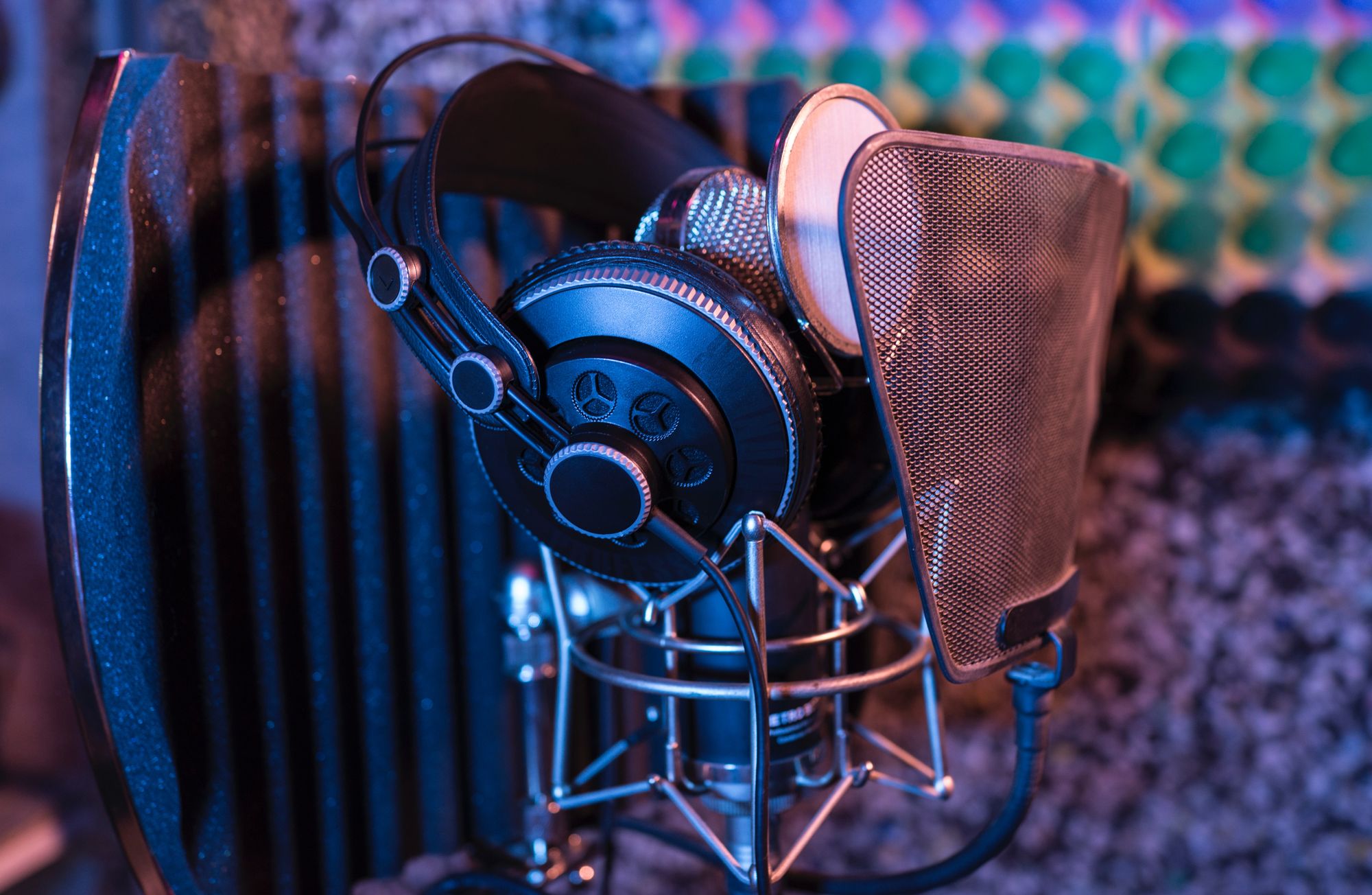Essentials
Podcasting Essentials
Related articles:
If you’re going to be working with audio in any capacity, it’s important you know how audio is encoded for digital formats and how to improve its sound quality.
Back in the old days when music was first being recorded, it was recorded through a single audio channel known as monaural, or mono. But most music we listen to nowadays is recorded on two audio channels to be played back on a stereo system like two speakers or a pair of headphones. This input from recording from two channels gives audio a more natural soundscape for listeners and drastically improves the quality of the audio.
With the digitization of audio into mp3 files, there is now a need to look at how audio data is encoded because it can affect how much data is required for an audio file. This amount of data that is being encoded is known as the bitrate and you can manage the bitrate of your audio depending on how you want your DAW to encode the files. This is where the differentiation between stereo and joint stereo becomes important.
What is Stereo and Joint Stereo?
Stereo
To put it simply, stereo is considered to be sound produced from two audio channels. These channels are known as Left and Right and they are encoded separately into an audio file which increases the resulting bitrate. Stereo is generally recommended if you’re encoding audio at a bitrate of 256kbps or higher.
Joint Stereo
Joint stereo is a method used to save file space while still maintaining a stereo signal. Stereo files can be unnecessarily large especially if the audio input into the Left and Right channel are pretty much the same. Joint stereo alleviates some of these problems by mixing the Left and Right channels into a Mid channel. Because the audio is so similar, when you export your audio as a joint stereo file, the media encoder is able to find the average of the Left and Right channel data and merge this into a smaller file. Generally, joint stereo is more advantageous to use at a lower MP3 bitrate because the amount of data being averaged is already significantly lower. These advantages will depend on your content though.
So, which should you use?
Unfortunately, it depends. The compression engines in your audio encoding software can drastically change the sound quality of your file audio files. Some of the compression engines do a better job at encoding audio in joint stereo while others do not. If you have a good media encoder, you may not notice much of a difference between the joint stereo and stereo files. Overall, think about the bitrate size you’re shooting for. If it’s over 256kbps, consider sticking with stereo, but also run your own tests and see which file output works best for you.

